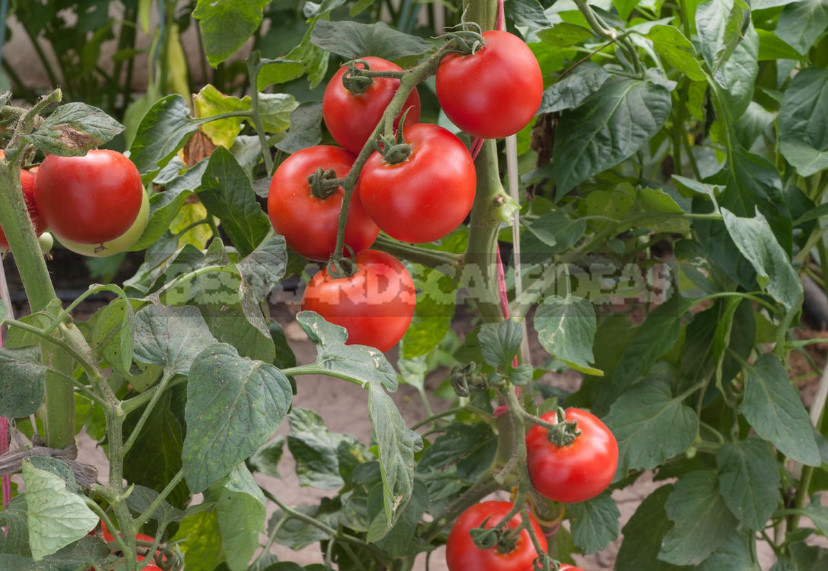
Replenishing seed stocks in anticipation of the upcoming spring harvest season, the cottagers first stops next to “tomato” the counter. The red, orange, yellow, green and striped “fat-bellied”, painted on the packaging, and the hand inadvertently puts in a basket a hefty armful of bags of seeds. Increases mental confusion and their various form: there is a wish to put and try everything and at once. As a result, instead of one planned garden bed, a whole tomato plantation is formed. Sound familiar?
If the tomato bushes grew by themselves and did not require such a quivering care, probably, the summer residents in love with this vegetable (and this is every second of us) experimented with varieties to the point of insanity. But just a couple of weeks after planting seedlings in the ground, this culture begins to beg for “hairdressing” procedures.
After each “haircut” is typed in a large bunch of laterals. Does not get bored and ubiquitous Phytophthora: a bunch of Stepsons added lower leaves, which we cut from the bushes, trying to protect them from this scourge. And at the end of the season, this armful of green waste turns into a huge stack of tomato bushes pulled from the beds.
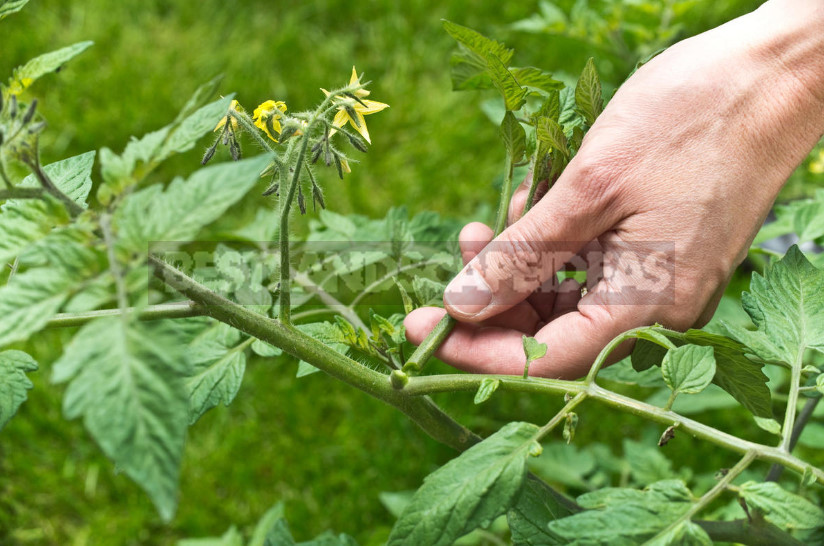
Do not rush to take the greens to the dump. This vegetable culture has unique “tops”: delicious juicy fruits diversify the table, and the tops will act as a natural insecticide and allow to prepare valuable fertilizer. An extensive tomato plantation, which we were not too lazy to break in the garden, will provide us with useful raw materials in excess throughout the summer.
1. Pest control
Throughout the summer season, we are bothered by a variety of insects that strive to undermine the health of cultural plantations. But most of these harmful insects can not resist the pressure of solanine – a poisonous compound contained in tomato tops.
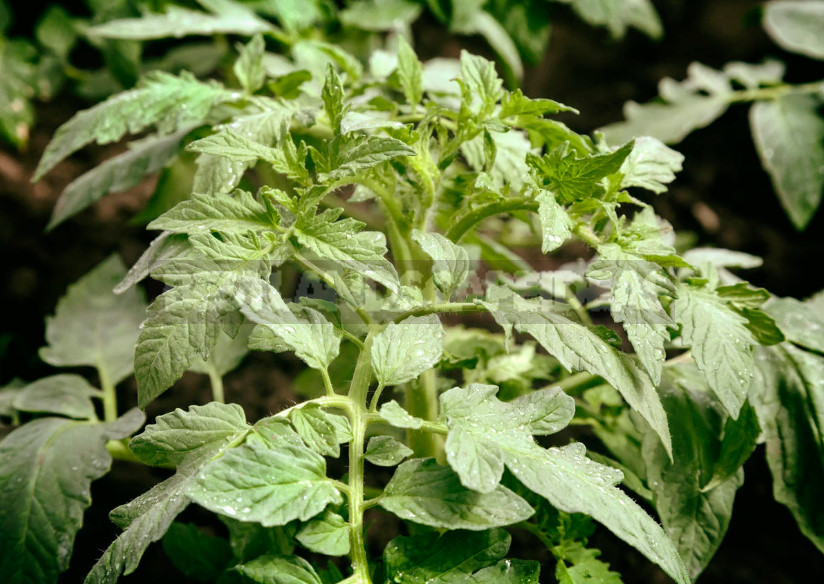
To deal with aphids, spider mites, Colorado potato beetle, Sawfly, carrot fly and a variety of leaf-eating caterpillars, it is necessary to take 4 kg of fresh tomato leaves and shoots, grind and pour 10 liters of warm water. The contents insist 3-4 hours, then put on the stove and boil over low heat under the lid for about half an hour. After cooling, filter the broth, dilute with water in a ratio of 1:4, add 40-50 g of soap for adhesion and spray the affected crops with pests.
Treatments are carried out at intervals of 5-7 days before and after flowering plants. To such an effective weapon was always at hand, you can dry tomato Stepsons and leaves and use dry raw materials for the preparation of broth as needed. In this case, the recipe for preparing an insecticidal mixture will be slightly different: in 10 liters of water, insist 1 kg of dry tops for 5-6 hours and boil for about 2-3 hours, as the boiling water is added to the container to the previous volume. To prepare the working solution for 1 part of the broth, take 3 parts of clean water, add soap and process the plants.
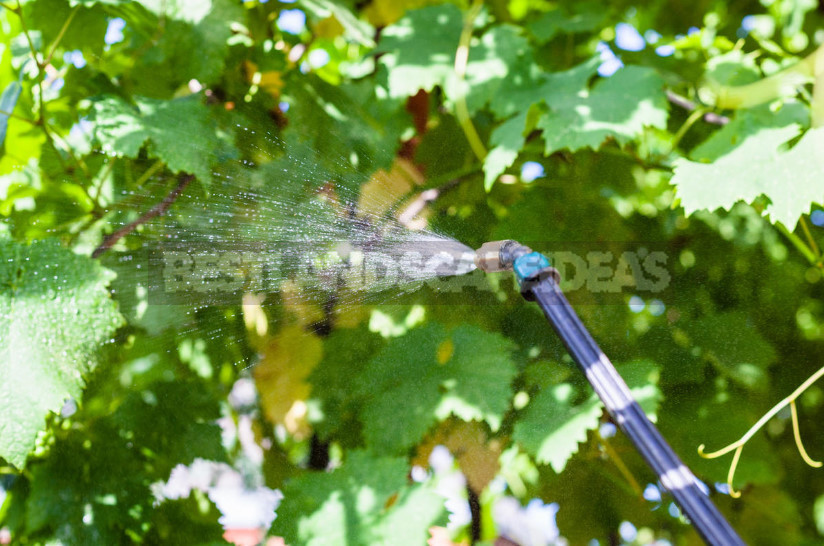
It is worth remembering that too concentrated “solanine” infusion when spraying plants with ripened fruits can hardly be called useful. Do not exceed the indicated in the recipe consumption rates of tomato tops and do not use the Stepsons and leaves affected by diseases, so as not to spread the infection throughout the site.
Reasonable use of this “biological weapon” will be an excellent tool against garden pests — will help to get a decent harvest and achieve lush flowering of ornamental crops. If you pour this broth into a glass container and send it to a cool place, you can keep its useful properties for 6-8 months and successfully used to combat harmful insects on houseplants and seedlings.
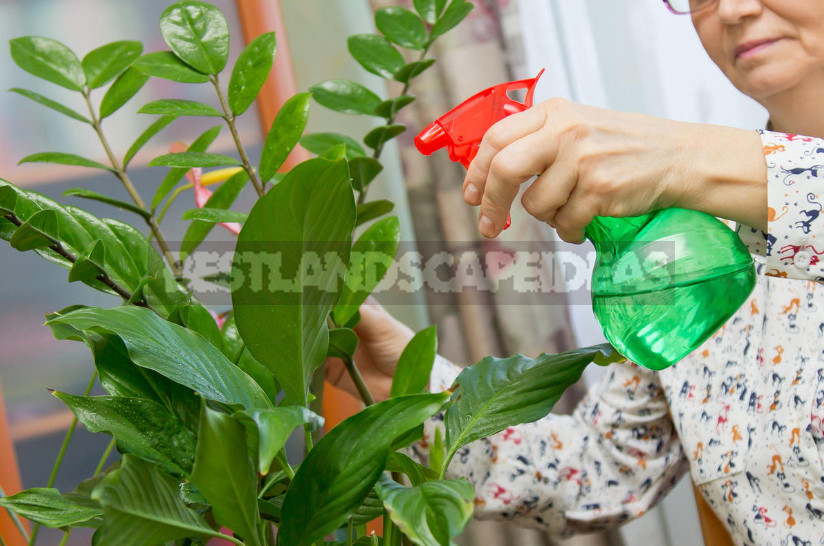
If the garden and the garden do not need protection from pests, and in your hands is a pile of tomato tops, go to plan “B” — prepare tomato greens nutrient fertilizer, which will always be useful and will help to increase the fertility of the soil on the site.
2. Compost
Plant residues of tomatoes are an excellent raw material for composting. To do this, the tops are laid in a composter, interbedding with earth, and for faster rotting we pour a solution of mullein or urea – with this approach, the compost will be ready for use in 1 year.
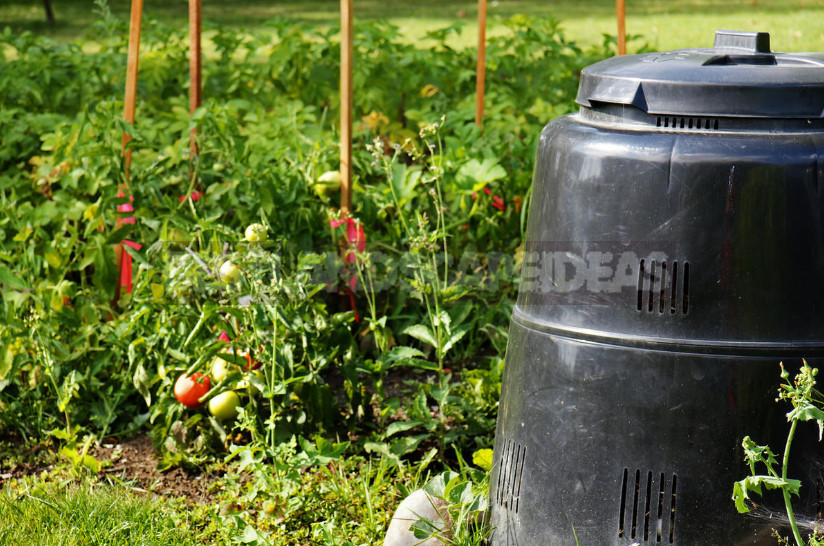
If at your disposal was affected by late blight tomato tops, do not necessarily take it to the landfill – it is also possible to prepare compost. But this fertilizer does not become a source of fungal spores of late blight throughout the section, soak it in compostite for 3 years.
3. Liquid “green” fertilizer
If the ripening period of the “tomato” compost seems too long for you, you can let the Stepsons and tomato leaves to prepare an infusion for fertilizing, which will act as an excellent nitrogen fertilizer for all cultural plantations. In this case, the barrel about 2/3 of the volume necessary to fill in the weed weeds mixed with fresh foliage, which must be no more than 1/4 of the whole green mass (remember, the course to start up the greens with no signs of disease), and fill the tank with water to the brim. The barrel is covered with a film on top, fasten it with twine and make a few holes for gas exchange.

In warm weather, this “mash” will be ready for use after 7-10 days. Take 1 liter of this mixture, diluted in 10 liters of water and feed the cultivated plants at the root. And if you pour the solution into a watering can or sprayer and “walk” cocktail on the leaves of plants, you can get a double effect – to feed and protect the planting from pests.
4. Ash
Another win-win option for the use of tomato tops is its burning, as a result of which the gardener will get at the disposal of the most valuable ash. This natural fertilizer is replete with a variety of macro-and microelements and will be a great Supplement to the diet of any cultivated plant.
To get hold of the ashes in a particularly impressive amount at the end of the season, when the crop was harvested and the farmer looks eerily a huge pile of tomato bushes, plucked from the beds. Suffer this unpleasant picture a little more – let the bushes dry, after which one can safely make a fire or safely burn in one of the special devices.

The resulting ash after cooling immediately put into action – help perennials with this natural product properly prepare for the winter or make fertilizer in the soil in the preparation of beds for crops of the next season.
5. Tops as mulch
Numerous Stepsons and leaves, which are regularly recruited after the formation of tomato bushes, can be used as mulch – to cover the surface of the soil with dried tops in the aisles of other vegetables or tree trunks of trees and shrubs. “Tomato” mulch copes with its task: longer retains moisture in the soil and reduces the number of watering, inhibits the growth of weeds and frees the gardener from tedious weeding and loosening the soil.
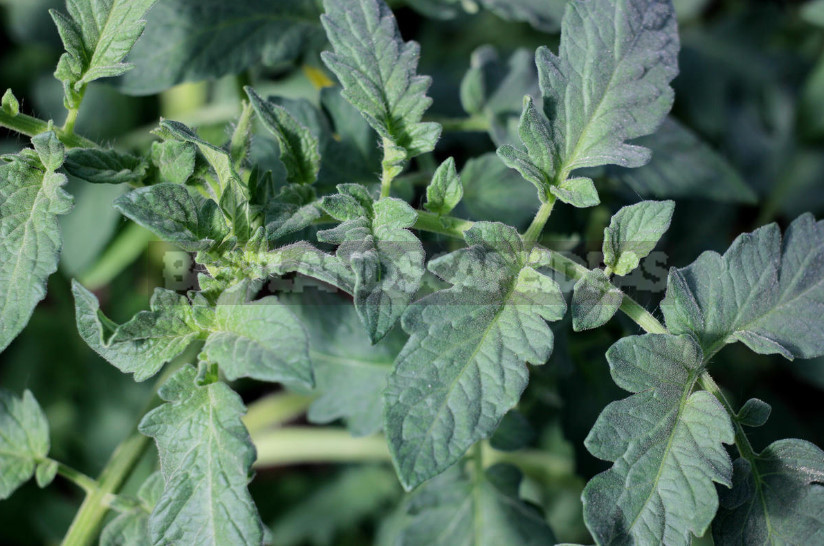
After a few months, this mulch will rot and enrich the soil with valuable compounds. And when mulching tree trunks of shrubs and trees will serve another good service – will not allow garden pests in such a place to settle for the winter.
Experienced tomato growers long known about the beneficial properties of foliage and successfully used it raw in a holiday farm. And if you are a beginner gardener and first hear about this side of the tomato medal, be sure to take the information into service. Tomato tops will save on the purchase of “chemical” insecticides and fertilizers and will help to get an environmentally friendly harvest.
Dear readers, what do you do with the vegetable waste tomatoes – throw or let in the case? Tell us in the comments about your secrets of using tops in the garden.

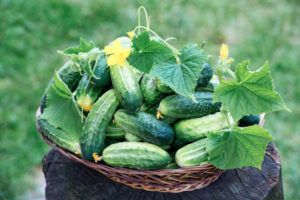
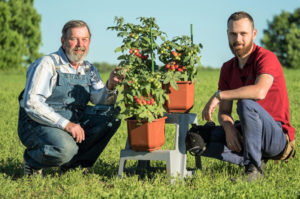
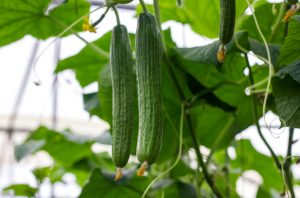
Leave a Reply